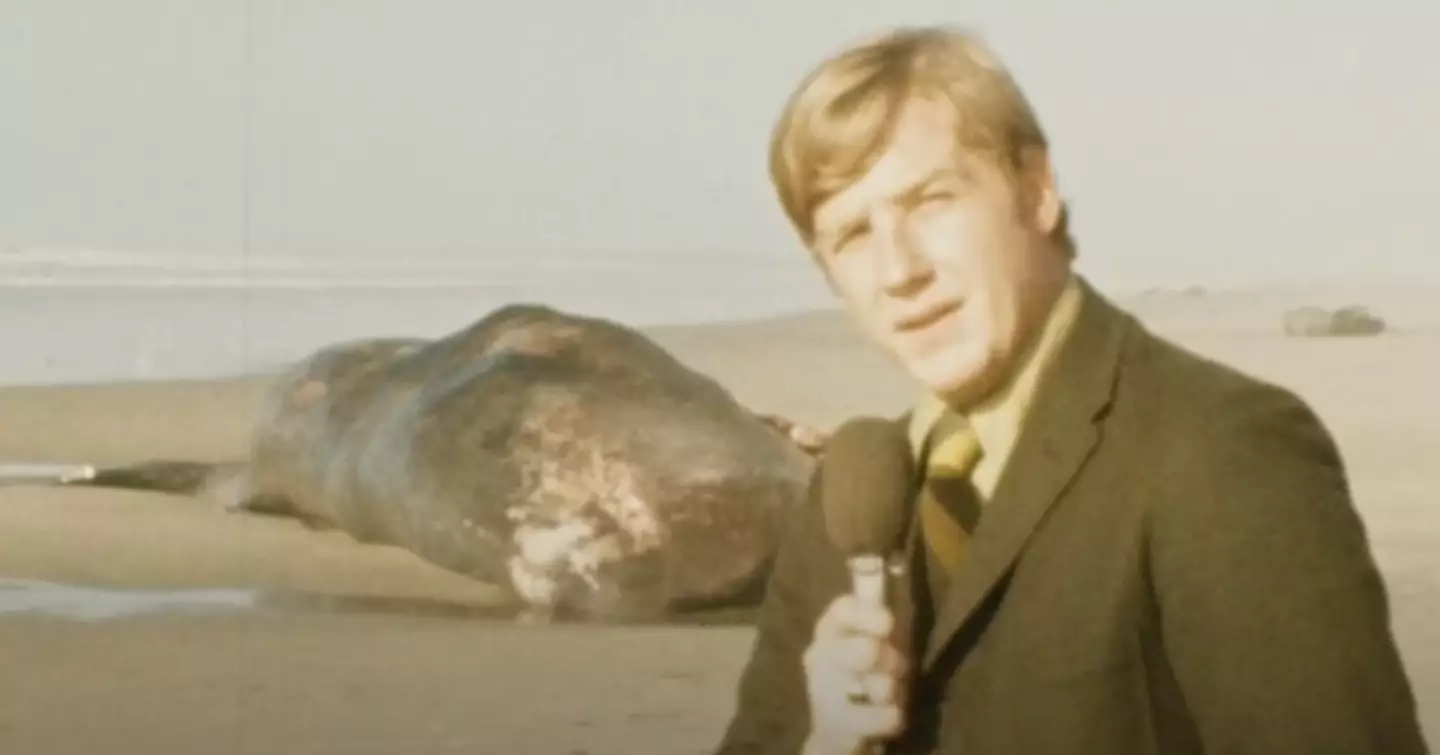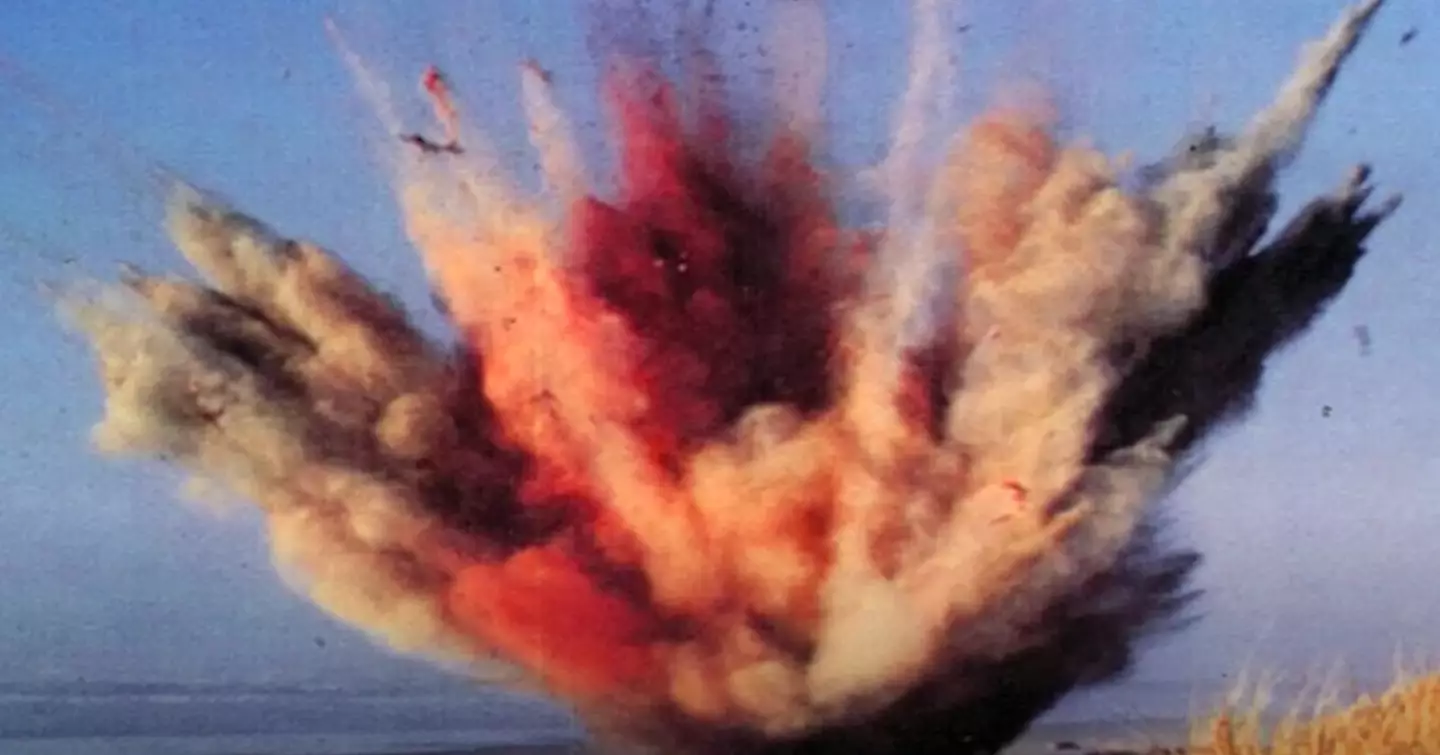
It's been over 50 years since the original incident, but it's still a topic of conversation today because of how bizarre it was.
The exploding whale incident of 1970 was a sight to behold, and though it wasn't the only time this occurred, it was the first time it had been artificially done and covered by media outlets.
It all happened on 9 November, 1970 at Florence, which is on the coast of Oregon, USA.
Advert
A massive lifeless sperm whale weighing about eight tons and around 45 feet (14m) long washed up on Florence beach, and had been laying and rotting on the coast for days, giving off an unpleasant and pungent smell in the process.
Something had to be done about the carcass, and it was up to the Oregon Department of Transportation, who had jurisdiction over its beaches, to decide on a plan of action.

The last whale beaching in the state happened in 1910, with records not showing how they dealt with it, so authorities were lost.
Advert
They thought that burying it in the sand would mean that the sea would reclaim it at some point, while cutting it open to dispose of it came with logistical problems, such as finding people who would actually want to do it.
In the end, they decided to decimate the carcass with 450kg of dynamite, with the anticipated small pieces of blubber to be feasted on by surrounding wild animals.
A crowd started to gather, though they were moved a quarter mile away for safety purposes before the whale was blown up.
However, a passerby with experience in explosives stopped to tell authorities that they needed less explosives to push the carcass into the sea, or more to completely decimate it.
Advert
Of course, they ignored these warnings and went ahead with the plan, which couldn't have gone more wrong if they tried.

The explosion sent the right side of the whale's carcass 150 feet (45m) into the air, as bits of whale and sand projected into the sky like a volcano.
The awe from the crowd was short lived though, as bits of blubber from the whale started to very quickly head for them.
Advert
Bits of whale started to rain down around the crowd and news crews as they tried to make a run for it, with news reporter Paul Linnman saying he thought he could have been killed by the debris.
Nobody was injured thankfully, but one car was destroyed by a piece of whale meat about the size of a coffee table, and it ironically belonged to the passerby who had warned authorities about the amount of dynamite they were using.
What was worse than the debris though, was the smell, which was 'twice as horrible' according to those there, once the body was blown open.
Seagulls in the area that were meant to feast on the remains were instead scared way from the area with the explosion, with every aspect of the plan going wrong.
Advert
The incident has since become a cautionary tale on how not to deal with dead whales, and the State of Oregon showed they had learned from this event as in 1979, 41 sperm whales washed up on their beach, and they chose to burn and bury them this time.
It is still the state's official policy of dealing with whale carcasses, and it sounds a lot less dangerous and more thought through.
Featured Image Credit: darkrecords/YouTube